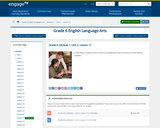
In this lesson students learn to write an introduction and conclusion for their literary analysis.
- Subject:
- English Language Arts
- Material Type:
- Lesson Plan
- Provider:
- EngageNY
- Author:
- Expeditionary Learner
- Date Added:
- 04/04/2014

In this lesson students learn to write an introduction and conclusion for their literary analysis.

In this lesson students begin their end of unit assessment by drafting their literary analysis of The Lightning Thief.

This lesson introduces students to a model mini-essay with two body paragraphs: one in which the author describes elements of mythology in the myth of Cronus, and a second in which the author describes a significant theme in that same myth.
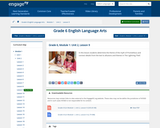
In this lesson students determine the theme of the myth of Prometheus and connect details from the text to allusions and themes in The Lightning Thief.
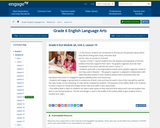
In this lesson, students are introduced to and discuss the question about which they will be writing their essay: How does Bud use his rules: to survive or to thrive?

This lesson builds on the Forming Evidence-Based Claims graphic organizer from Lesson 10. In this lesson, students refine and revise their supporting evidence.
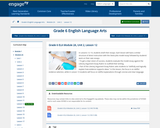
In Lessons 12–14, students draft their essays. Each lesson will have a similar structure of direct instruction with the Steve Jobs model essay followed by students’ work on their own essays.
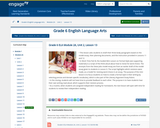
This lesson asks students to draft their three body paragraphs based on the model essay, their planning documents, and the instruction provided in Lessons 11 and 12.
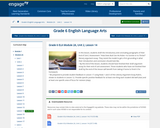
In this lesson, students draft the introductory and concluding paragraphs of their End of Unit 2 Assessment: "How Does Bud Use His Rules—to Survive or to Thrive?” literary argument essay.
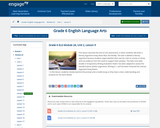
This lesson launches the end of unit assessment, in which students will write a literary argument essay about Bud, Not Buddy. Students closely examine the prompt and a model essay so they have a clear understanding and purpose for the work ahead.
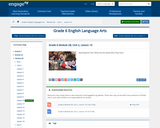
In this lesson, students make a claim about two adversities faced by people in the Middle Ages that they want to focus on in their essay.
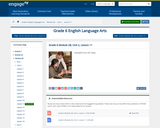
In this lesson, students further refine the examples from life today that they have chosen to support their claim.
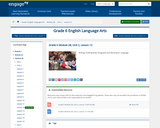
This lesson asks students to draft their two body paragraphs using the following for guidance: the model essay; Are We Medieval?: Forming Evidence-Based Claims graphic organizer; and the instruction provided in Lessons 10 and 11.
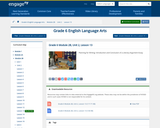
In this lesson, students draft the introductory and concluding paragraphs of their End of Unit 2 Assessment.
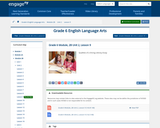
This lesson launches the end of unit assessment, in which students will write a literary argument essay.
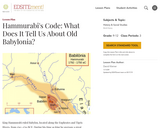
Students learn about life in Babylonia through the lens of Hammurabi's Code. This lesson is designed to extend world history curricula on Mesopotamia and to give students a more in-depth view of life in Babylonia during the time of Hammurabi.
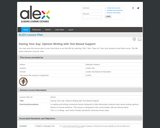
This reading and writing lesson is designed to help students learn about writing opinions based on textual evidence.

This lesson examines the characteristics of Greek heroes and leads students to recognize references to Greek mythological heroes found in literature and culture today. Students will present analyses of heroes by defending their favorites in a slideshow presentation nominatting them for selection to a Heroes' Hall of Fame.
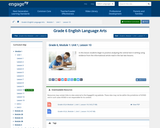
In this lesson students begin to practice analyzing the central text in writing using evidence from the informational article read in the last two lessons.
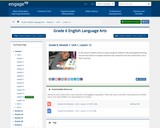
In this lesson students write an essay using the evidence they have gathered during the last two lessons to explain how the main character from the central text is on a hero's journey.